Article and photos: DANG HUYNH
“Growing up, I never met Uncle Ho. But I have known the song of my hometown forever: The most beautiful lotus flower is in Thap Muoi. The most beautiful Vietnam is named Uncle Ho” (vong co “Thieng linh tinh Bac” by composer Huyen Nhung). The singing of the artist from the Military Region 9 Art Troupe during the exhibition about President Ho Chi Minh moved the audience. The South will always remember his gratitude - that sentiment is eternal. When the royal poinciana flowers are bright red in the sky in May, the people of the Southern region and the people of the Western river region turn their hearts to celebrate the birthday of beloved Uncle Ho.
The temple worshiping Uncle Ho in Tri Luc commune, Thoi Binh district, Ca Mau province, was built not long after Uncle Ho passed away.
Uncle Ho in the hearts of Western people
At the thematic exhibition “President Ho Chi Minh - National Liberation Hero - Outstanding Vietnamese Cultural Man” taking place at the Military Zone 9 Museum, many touching documents and images about the affection of the army and people of the Southwest region for beloved Uncle Ho are solemnly displayed.
“Dear President Ho. On the occasion of the troops regrouping to the North, we, the Association of Mothers of Soldiers of Hoa An Hamlet, Hoa Hiep Commune, Long My District, Can Tho, would like to send our best wishes to you for good health to lead the people to gain peace, independence, democracy and national reunification. Our Association of Mothers and the people of the South are very happy and excited about the Geneva Conference and the armistice agreement to restore peace in Indochina, and always believe in your leadership”. This is a passage from the letter sent by Mrs. Nguyen Thi Xang, on behalf of the Association of Mothers of Soldiers of Hoa An Hamlet, Hoa Hiep Commune, Long My District, Can Tho Province, to Uncle Ho on the occasion of the troops and cadres of the South regrouping to the North, on August 13, 1954. The letter expressed excitement and trust in Uncle Ho, in the Party and determination to overcome all difficulties and hardships to fulfill our duties to unify the country and reunite the North and South.
Talking about the trips to the North, the story of Mrs. Le Thi Sanh (also known as Mrs. Tu To) in Ranh Hat (Tri Phai commune, Thoi Binh district, Ca Mau province) who sent the gathering group a star apple tree from the South to present to Uncle Ho is still remembered by many people. That star apple tree was respectfully planted by Uncle Ho in the grounds of the Presidential Palace. The photo of Uncle Ho taking care of the star apple tree of the Southern people taken in December 1957 became a historical image. After the day of peace, a branch of the star apple tree from the mother tree was grafted and brought back to plant at the Uncle Ho Shrine in Tri Phai commune (now Tri Luc commune, Thoi Binh district). Near the resting place of Mrs. Tu and her husband, a stele was erected with the image of Uncle Ho watering the star apple tree from the South to mark the event.
In early September 1969, as To Huu's poem said, "life sheds tears, the sky pours rain", Uncle Ho passed away. Along with the people of the whole country, the people of the Southwest region endlessly missed the beloved Father of the nation. Despite the war and chaos, the people of the Southwest region still had their own way to remember him. Mr. Le Van Thong (aka Tu Thong) in Luong Tam commune, Long My district, Hau Giang province, recounted: He was the one assigned by the commune to enlarge Uncle Ho's photo to hold the memorial service. From the Uncle Ho silver paper, Mr. Tu drew Uncle Ho's photo with all his faith, love and emotion. That photo was used throughout the 4 days of President Ho's memorial service, and went down in history, demonstrating the hearts of the Hau Giang people for Uncle Ho.
At the exhibition at the Military Zone 9 Museum, many people stopped for a long time in front of the photo of President Ho Chi Minh hung during the memorial service for him at Khanh Quang Pagoda (Tan An Ward, Ninh Kieu District, on September 3, 1969), along with the rosary and prayer beads that Venerable Thich Hue Thanh, Chief Representative of the Unified Vietnamese Buddhist Sangha of Can Tho Province, abbot of Khanh Quang Pagoda, used during this memorial service. Or the mourning bands worn by officers and soldiers from the West during the memorial service for President Ho on September 3, 1969.
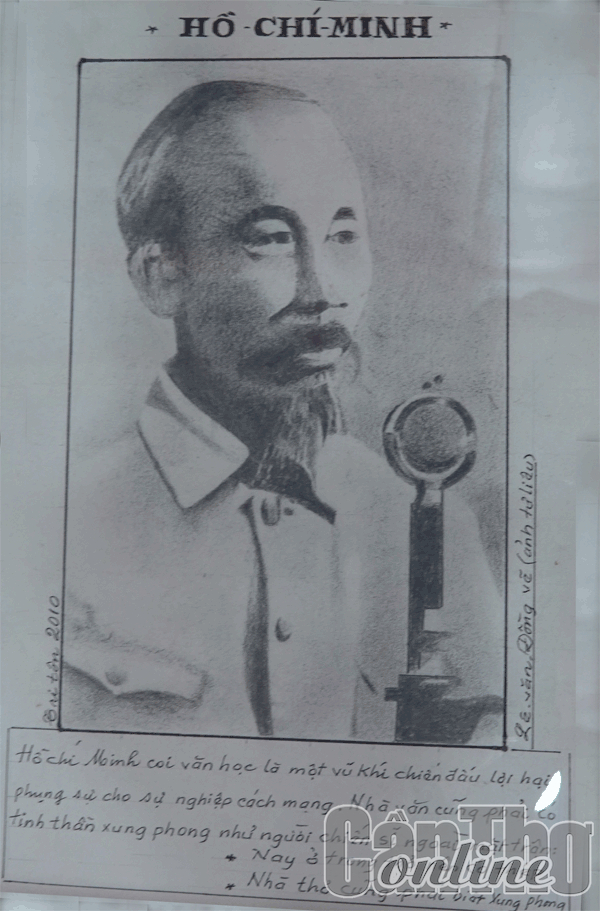 |
| Portrait of President Ho Chi Minh through the drawings of Mr. Le Van Dong. |
To talk about the heart of the Western people for Uncle Ho, the temples, shrines, and shrines along the rivers and deltas are the clearest evidence. Most of these constructions were built right after Uncle Ho passed away. Under the bombs and bullets of the enemy, with the heart of missing Uncle Ho, the Western army and people were still united and determined to have a place to solemnly commemorate him. Visitors can see with their own eyes the artifact of a piece of corrugated iron, which used to be the wall of Uncle Ho's Temple in Long Duc Commune, Tra Vinh City, Tra Vinh Province, which was bombed by the enemy in 1971; Ammunition boxes, spoils of war captured by Mr. Pham Van Tiem, one of the first people to build and protect the Uncle Ho Temple in Long Duc, during the enemy's raid on the temple in 1970. Visitors can also see the BS9 machine, the vehicle that Mr. Khuu Van Khuol used to transport materials and labor to build the Uncle Ho Temple in Chau Thoi commune, Vinh Loi district, Bac Lieu province, from late 1969-1972...
Each temple and shrine of Uncle Ho in the Mekong Delta is like a heart beating with the same rhythm: "Warm clothes and full meals thanks to the Party. Independence and freedom remember Uncle Ho".
Collections with all the heart
Coming to the exhibition “President Ho Chi Minh - Hero of national liberation - Outstanding Vietnamese cultural figure” at the Military Zone 9 Museum, visitors can also see very special collections. These are collections with all the heart of the Western people for Uncle Ho.
The collection of paintings of President Ho Chi Minh by Mr. Le Van Dong, residing in Hamlet 3, Tri Ton Town, Tri Ton District, An Giang Province, has moved many people. Although not a professional artist, with his love for Uncle Ho, the artist from That Son has drawn beautiful pencil paintings. From documentary photos of Uncle Ho, Mr. Dong has redrawn them, with soulful strokes that captivate viewers. Mr. Dong has drawn over 200 portraits of Uncle Ho, and introduced them to students in the district so that they can love, learn and follow Uncle Ho's example. What is special is that on each drawing, Mr. Dong wrote lines expressing his love and respect for Uncle Ho, or the background of the photo... In one drawing, at the highest point he wrote "Loving Uncle Ho makes my heart purer!", on the left cover he composed some verses: "Remembering Uncle Ho, I suddenly want to cry. He sacrificed his whole life! After thirty years in a foreign land. He fulfilled his ideal of saving the people and the country."
Delegates visit the thematic exhibition on President Ho Chi Minh at the Military Region 9 Museum.
Colonel Le Quang Ban in Cai Be district, Tien Giang province, collects pictures of Uncle Ho and the battles in response to Uncle Ho's call for national resistance in 1946. Each photo is cut from newspapers, books, documents... with different sizes, large or small, but they share the sentiment of the son of the Tien River homeland towards President Ho. Veteran Vo Van Khai, living in Go Cong Tay district, Tien Giang province, had the honor of meeting Uncle Ho three times during the time of regrouping to the North. Similar to Mr. Ban, Mr. Khai began collecting pictures and documents about President Ho Chi Minh in 1969, creating a thick and valuable collection.
Also having a collection about Uncle Ho, Dang Duc Tho, a 10th grader in Chau Thanh district, Ben Tre province, has been collecting images, documents, paintings, poems, and songs about Uncle Ho since he was in first grade. After more than 10 years of collecting, Tho has owned more than 300 documents about Uncle Ho. In the exhibition space, the musical score of the song "Who loves Uncle Ho Chi Minh more than children" collected by Tho is solemnly displayed.
*
* *
During his lifetime, President Ho Chi Minh always reserved boundless love for the South: "The beloved South is always in my heart". The Southern heart with Uncle Ho will always be like the lyrics of the song by musician Luu Cau "Though the mountains may erode and the river may dry up. Oh South! The South will always remember your deep gratitude" and the lyrics will forever resonate "The waves of the Mekong River will never cease for a moment. The love and longing for Uncle Ho will last forever...".
Source link


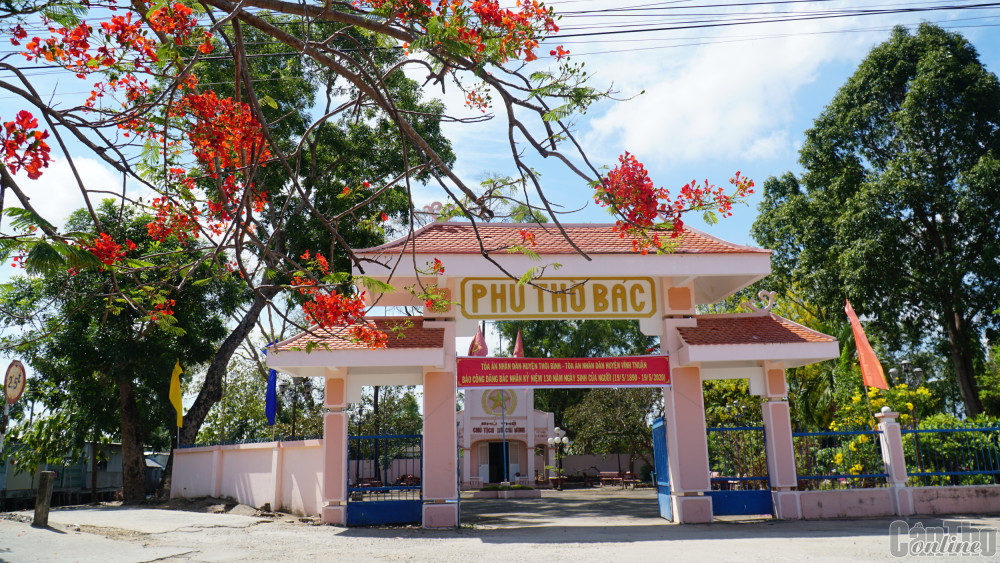
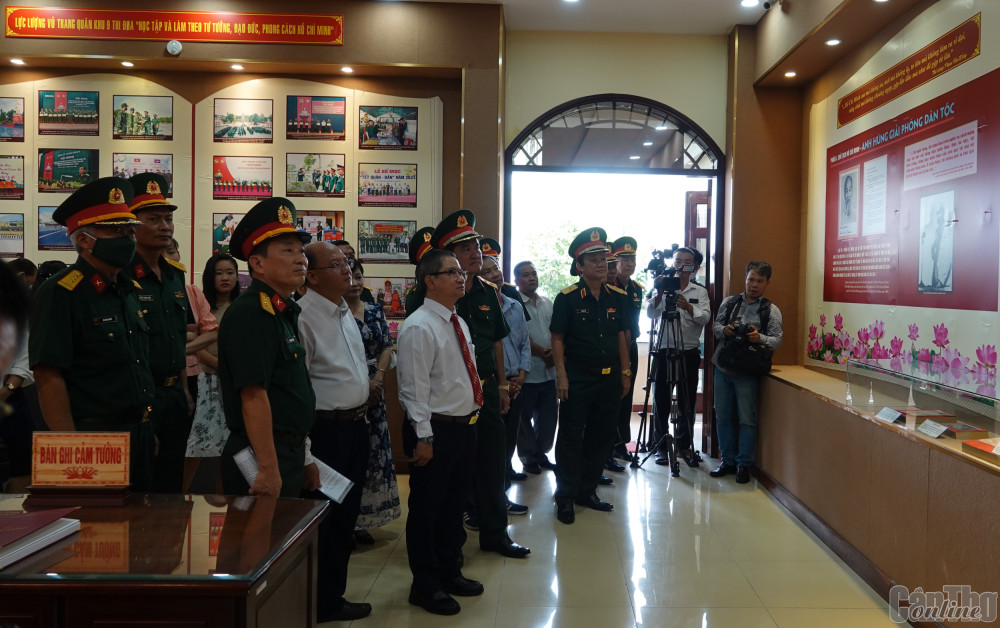



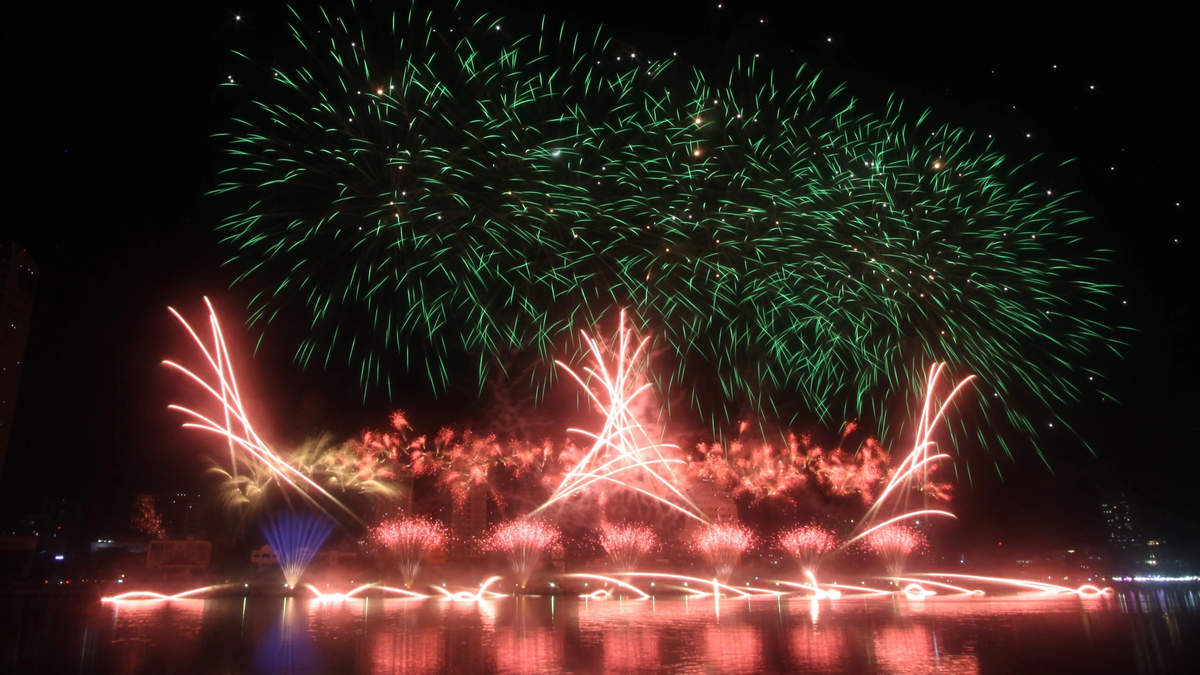
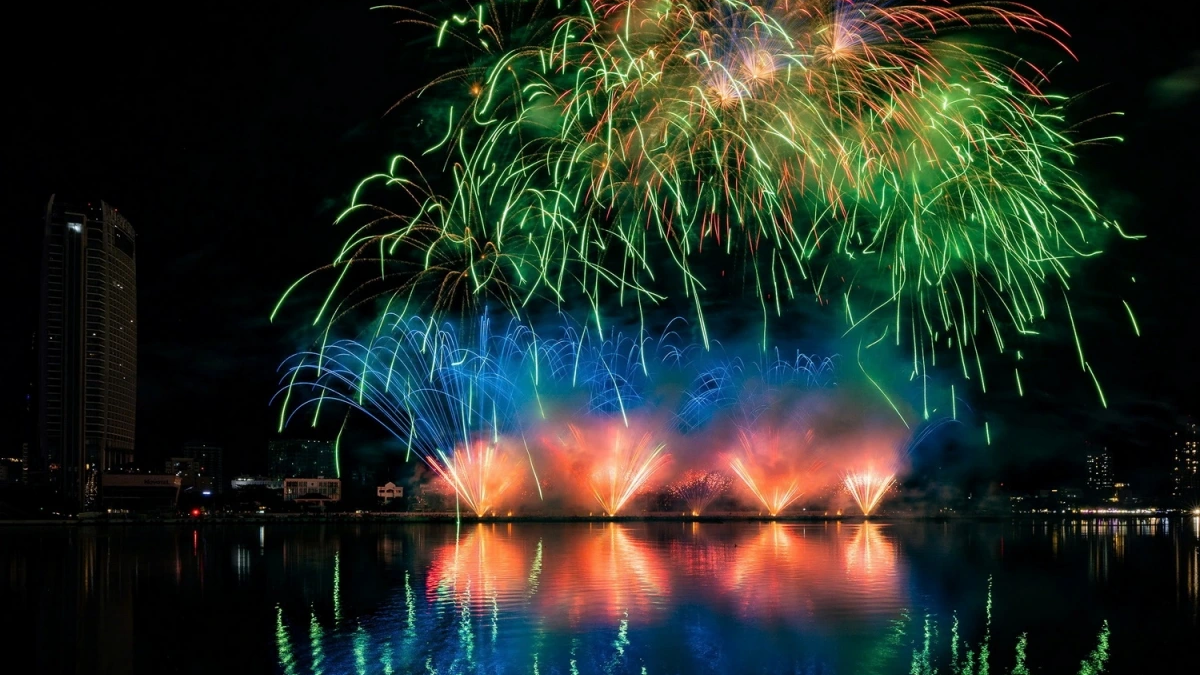
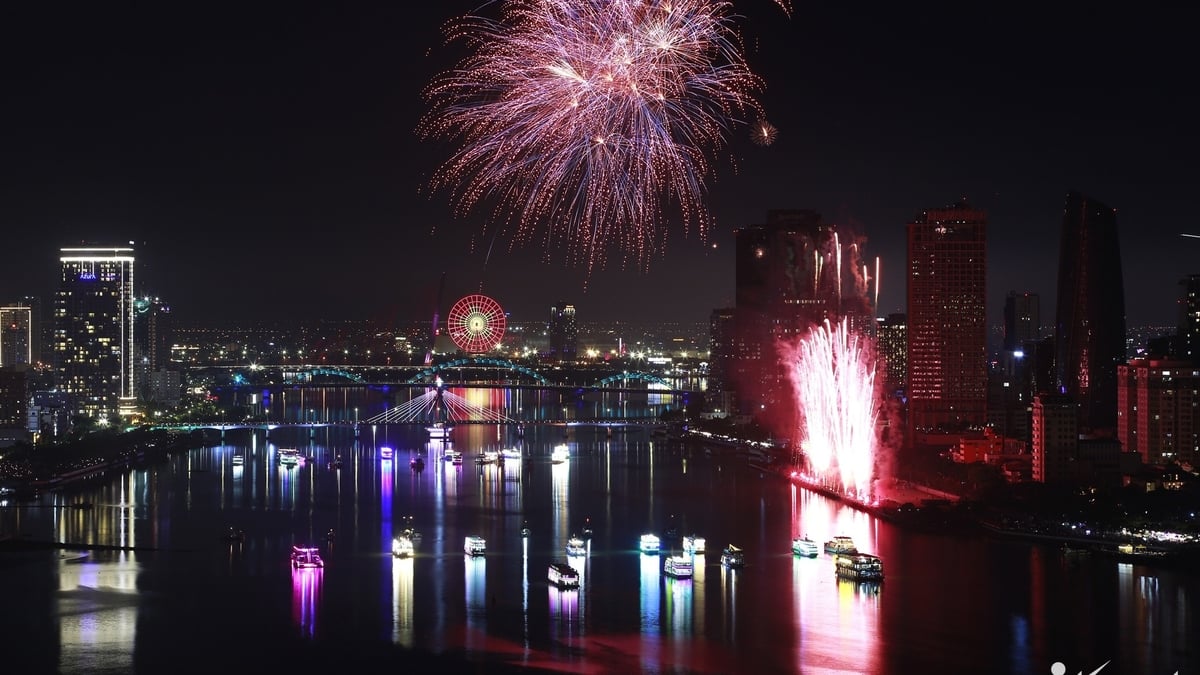

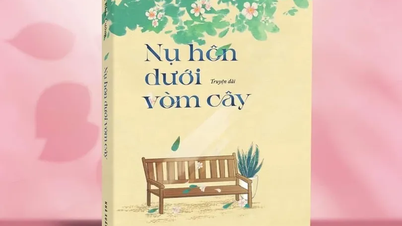
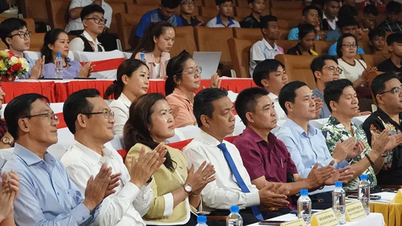
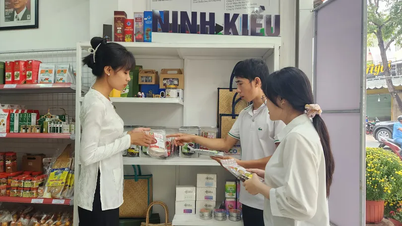
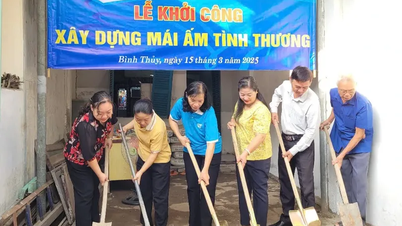
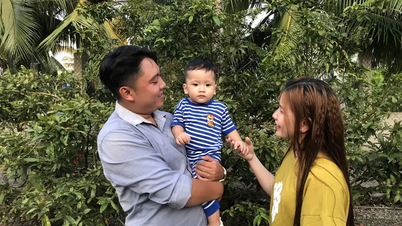




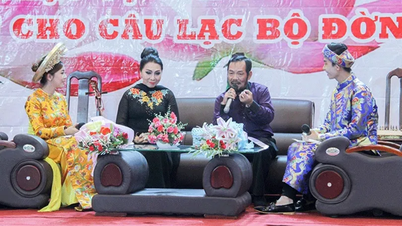
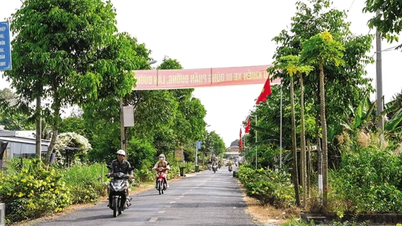

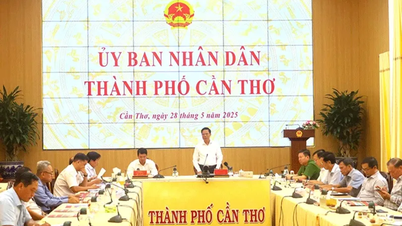
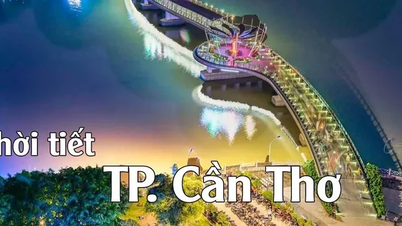
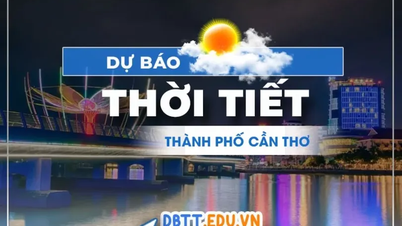






























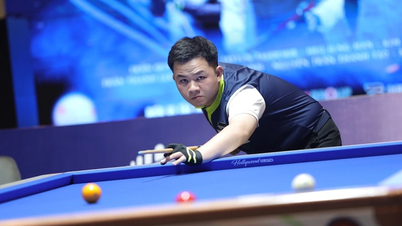
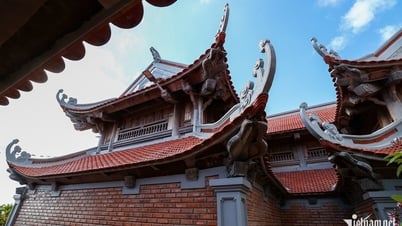



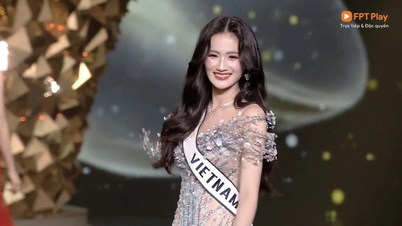
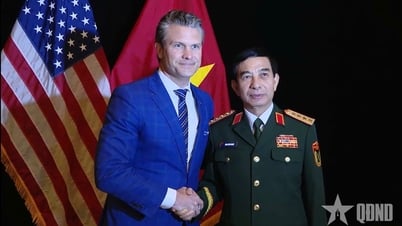









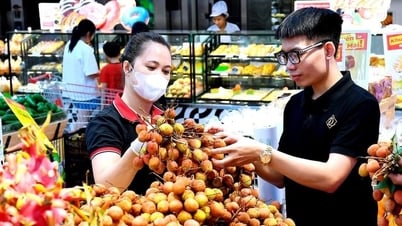



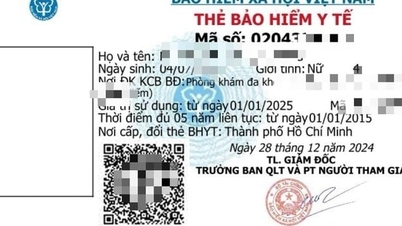
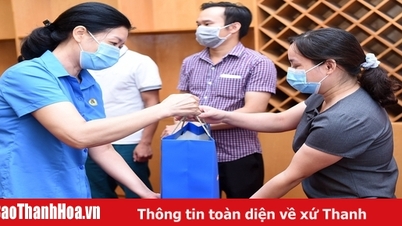

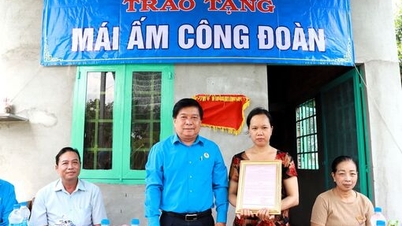








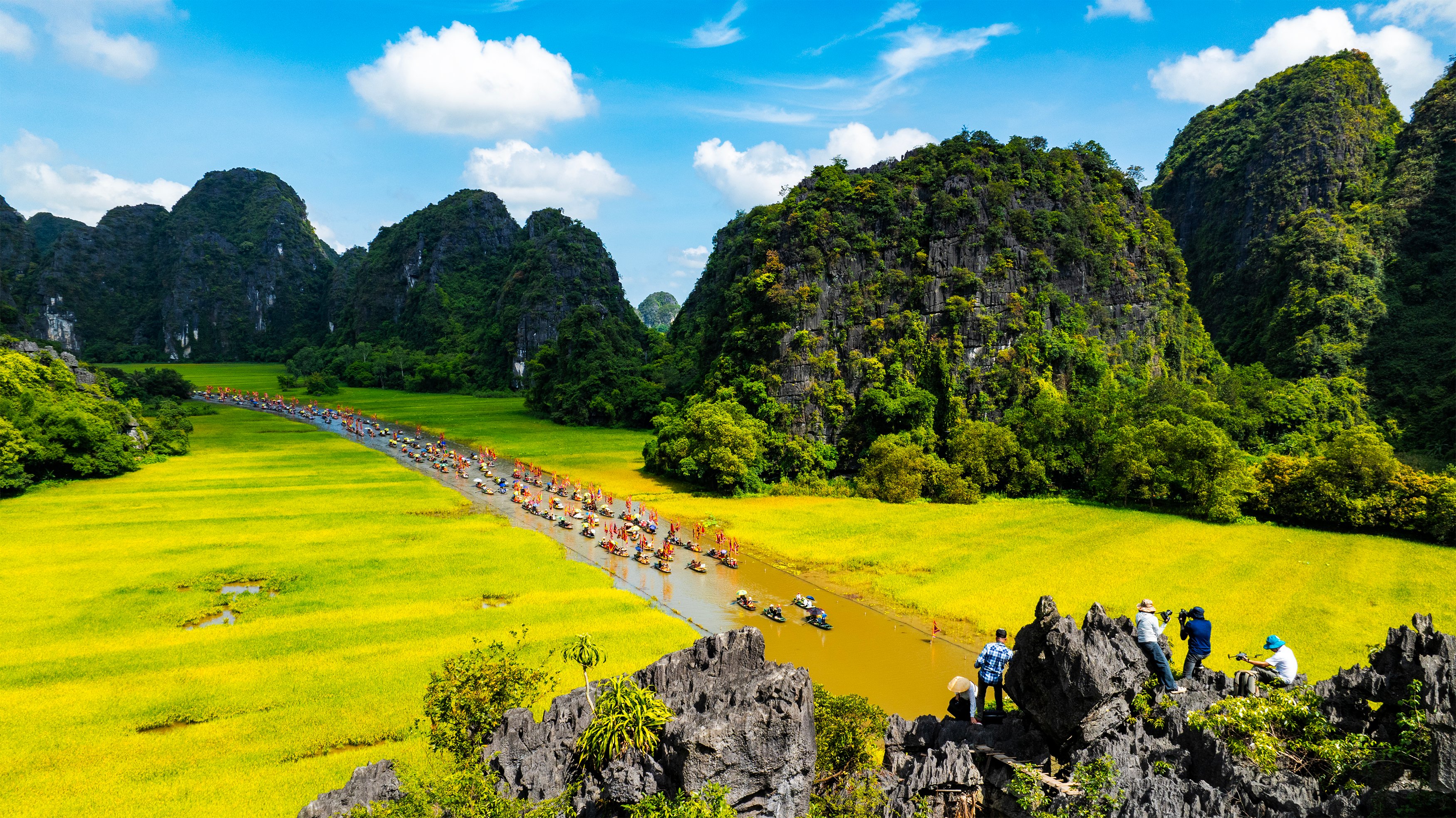



Comment (0)